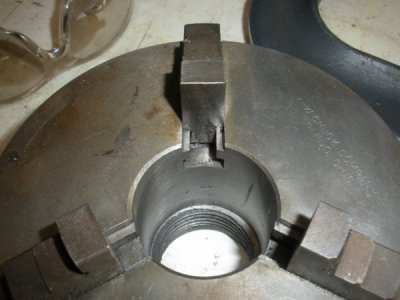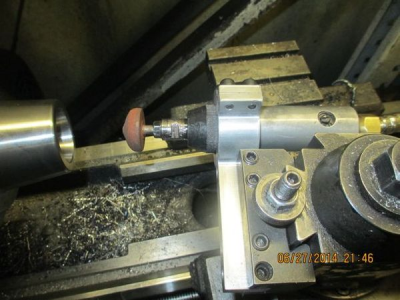- Joined
- Nov 29, 2015
- Messages
- 439
Is there any reason the tailstock on a lathe couldn't have the ram removed and replaced with a pencil grinder? To me it seems like this would make really good alignment for chuck jaw repair. The movement of the grinder would have to be controlled by the handle in the tailstock of course. The grinder would have to be a tiny pneumatic and It would take some doing to make it work in the place of the tailstock ram. I would think with the lock down of the tailstock it would be stable assuming you could get the grinder mounted properly. Could be a cheap way of making a "tailstock" grinder.
(yes I know there shouldn't be any grinding/grit near a lathe.)
So am I off my rocker again?
Paul
(yes I know there shouldn't be any grinding/grit near a lathe.)
So am I off my rocker again?
Paul



